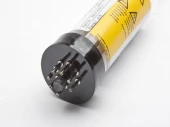Description
The Heraeus hollow cathode lamp product range comprises 70 single-element lamps and more than 120 multi-element lamps of the most varied designs to cover almost all appliances.
The Heraeus catalogue includes 70 single-element lamps in standard 37 mm (1.5 inch) and 50 mm (2 inch) diameters to fit almost any AA instrument. All cathode materials are selected from the highest purity available – usually 99.99 % or better – to ensure high spectral line intensity, stability and low noise with good analytical sensitivity. The window material is selected to achieve the optimum transmission of the primary spectral lines of the cathode element. Borosilicate glass is used for wavelengths over 350 nm, and high quality quartz for shorter wavelengths.
Standard 37 mm Lamps
37 mm hollow cathode lamps are suitable for most commercial atomic absorption instruments. Standard lamps may also be used in computer controlled spectrophotometers which are designed to take coded lamps as these instruments normally have the facility to be set up manually.
Manual setting up of lamp current, wavelength, slit width, gas conditions and burner height takes only a few moments and allows the operator to set the optimum conditions for each particular analysis, which can be stored and recalled when required. Indeed in many cases
the instrument will set default conditions for these parameters on entry of the element. Whilst these parameters are generally suitable for a particular element, they may need fine tuning to suit the specific analysis being carried out.
Data Coded Hollow Cathode Lamps
Heraeus manufacture and supply a complete range of data coded hollow cathode lamps for Varian, Perkin Elmer and Thermo instruments. Data coded hollow cathode lamps incorporate a unique electronic configuration in the base or plug which the instrument recognizes and sets default operating conditions for the routine analysis of that element. The parameters may be overridden by the operator if desired to suit the specific requirements of the analysis. The electronic configuration of the data coding is also specific to each instrument manufacturer and not interchangeable i.e. a Varian coded lamp will not register in a Thermo instrument. Heraeus offers a full range of coded lamps for each manufacturer, the exact range being governed by the software embedded in the instrument.
37mm Thermo Coded Hollow Cathode Lamp
Specifications
| Type Of Lamp: | Deuterium and Tungsten Halogen |
|---|
Features
- Data coded for AA Analyzers manufactured by Thermo Scientific
Applications
Hollow cathode lamps are gas discharge devices in which the discharge is highly constrained within the cathode of a specific metal. The resultant output is a unique line spectrum, the most intense of which are suitable for highly specific and sensitive metals analysis. Further derivatives of the fundamental technology extend the applications to include:
- Atomic Absorption Spectroscopy (AAS)
- Atomic Fluorescence Spectroscopy
- Multi wavelength laser tuning
- Laser output stabilisation (optogalvanic effect)
- Multi component analysers
- Environmental analysers
- Medical analysers
Frequently Asked Questions
What materials are used in Heraeus hollow cathode lamps?
What is the difference between standard and data coded hollow cathode lamps?
What are the applications of hollow cathode lamps?
What is a hollow cathode lamp?
What is the Heraeus hollow cathode lamp product range?
Similar Products
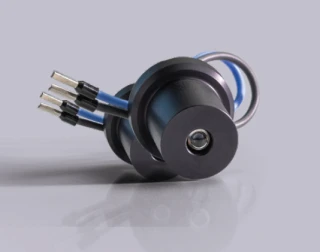
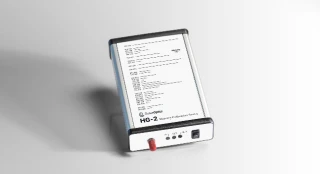
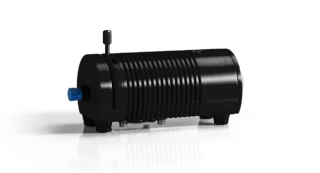
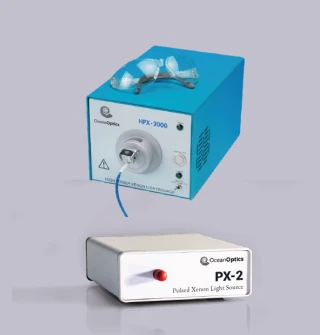
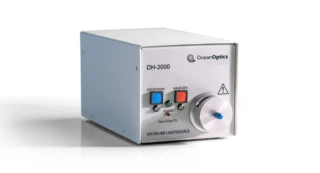
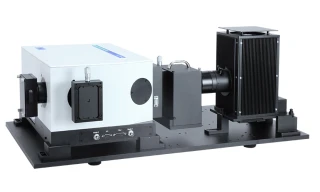
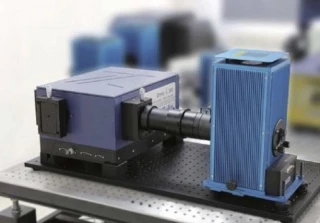
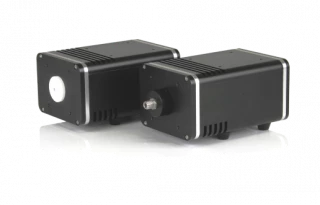
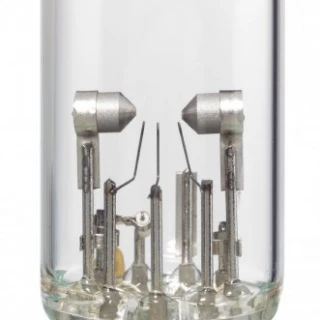
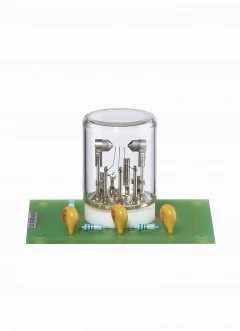
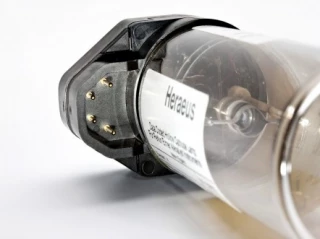
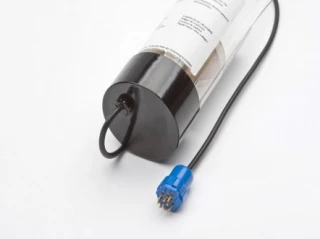
Your inquiry has been received.
Create an account by adding a password
Why create an account?
- Auto-complete inquiry forms
- View and manage all your past messages
- Save products to your favorites
- Close your account anytime — no hassle
